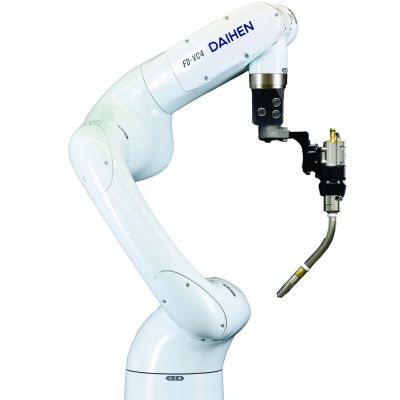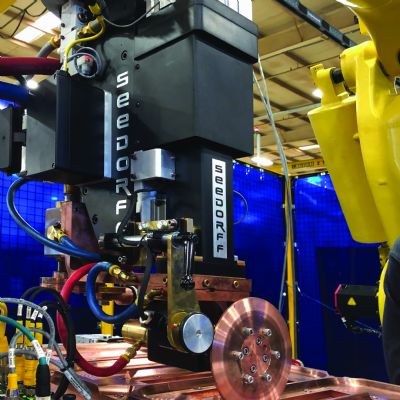Seven Ways to Use Generative AI in Manufacturing
February 26, 2025Comments
With recent advancements in artificial intelligence (AI), manufacturing companies can adopt advanced IT tools without a hefty investment. Generative-AI tools such as ChatGPT and Midjourney are available for use either freely or through low-cost, monthly subscriptions.
In manufacturing, generative AI finds use for everything from strategic planning and communication to product development, training and process improvement. Explore these seven use cases (and example prompts) for generative AI in manufacturing.
1. Strategic-plan development
Generative-AI tools can accomplish some of the prerequisite work needed to create a comprehensive strategic plan. Almost instantly, AI tools can produce a template or the basis of a plan, and then populate materials needed to collect information. AI can even coordinate some of the logistics for a strategic-planning event.
Try some of these ChatGPT prompts to jumpstart a strategic-planning process:
- What are the important elements of a strategic plan?
- What research activities are recommended prior to a strategic retreat?
- Create a 10-question survey about business processes for back-office employees.
- What are 10 things I should think about before having people onsite for a strategic-planning retreat?
- Create a plan for the executive team to develop a strategic plan in 8 hr., for a company that manufactures metal parts for the automotive industry and operates one production facility. Lay out the plan in tabular format and include columns for session objectives, required attendees and expected time allocation.
Generative AI can address foundational elements of the planning process and get things started, so that the management team can focus on elements crucial for growing the business.
2. Effective communication
Generative-AI tools can help managers communicate effectively internally and externally, saving precious time that it takes to write and edit business content. Try this ChatGPT prompt: Develop a two-paragraph email from the CEO to all employees for the purpose of sharing news of an acquisition. The email should be cheerful and appreciative of the collective work that has been completed to date.
Will ChatGPT deliver the perfect response? Maybe not. But you can revise the output to personalize the message and focus on the important nuances of the message rather than the structure and formatting. ChatGPT takes away the blank state and quickens the writing process.









